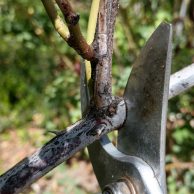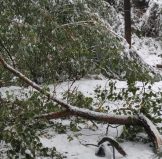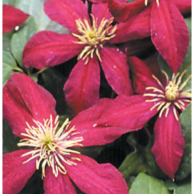 We recently passed Boulder Valley’s “average last frost” date (May 9).With all this rain, it sure feels like Spring! Lots of gardeners are asking if it’s safe to prune now, especially roses and shrubs. The answer is YES! But…..
We recently passed Boulder Valley’s “average last frost” date (May 9).With all this rain, it sure feels like Spring! Lots of gardeners are asking if it’s safe to prune now, especially roses and shrubs. The answer is YES! But…..
Pay attention to the characteristics of the particular shrubs and roses you’re thinking of pruning. [Read More]

 October 2020 went from record high temperatures in the 80s to record lows, 19 degrees by October 25. May 2021 also made some shocking temperature changes. These rapid and dramatic changes can cause woody plants to die back, lose branches or die completely.
October 2020 went from record high temperatures in the 80s to record lows, 19 degrees by October 25. May 2021 also made some shocking temperature changes. These rapid and dramatic changes can cause woody plants to die back, lose branches or die completely.